Of all the streets in Berlin, the Bleibtreustrasse is probably my favorite one. Ever since I moved to Berlin, I have always lived close to Bleibtreustrasse, and quite often, I take an afternoon stroll there. Apart from being a place with some beautiful cafés and stores, the Bleibtreustrasse has a long history in the former West Berlin. There are also several Stolpersteine, the golden plaques in front of the buildings; they commemorate Jews deported to concentration camps under the Nazi regime.
The name of the Bleibtreustrasse
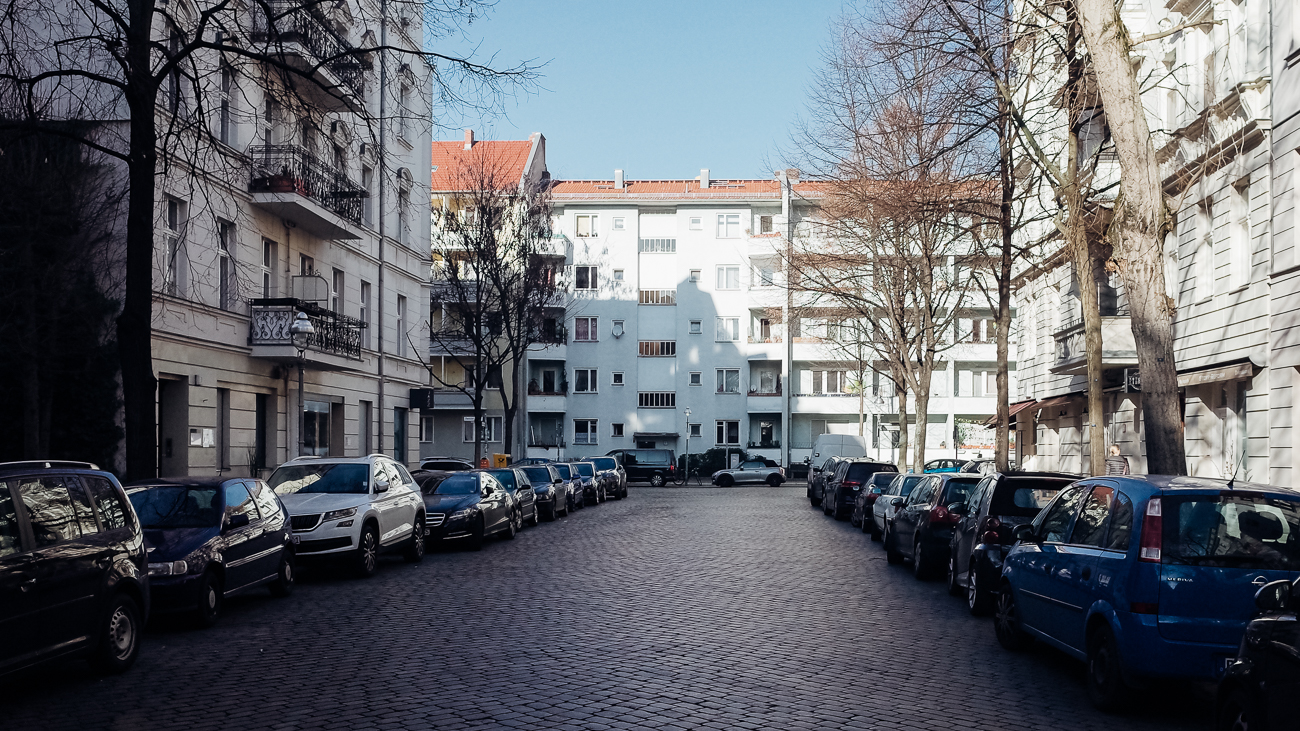
The Bleibtreustrasse (Bleibtreustraße) in Berlin is an 820-meters long street that seems dedicated to women. However, it owes its name to a man that lived in a nearby street. Georg Bleibtreu (1828-1892) was visiting the battlefields very often. He was there not as a soldier, though, but as a painter. Back in the 19th century, Bleibtreu accompanied the army in order to capture on his canvases scenes of the great wars. Most of his paintings have been destroyed during World War II, and nowadays, his oeuvre doesn’t receive that much attention.
All those old battlefields don’t exist either; industrialization changed their usage largely. Even today, the meaning of his surname is one of the most potent metaphors of Berlin: in German, Bleibtreu stands for “being loyal,” for “staying true.”
Tilla
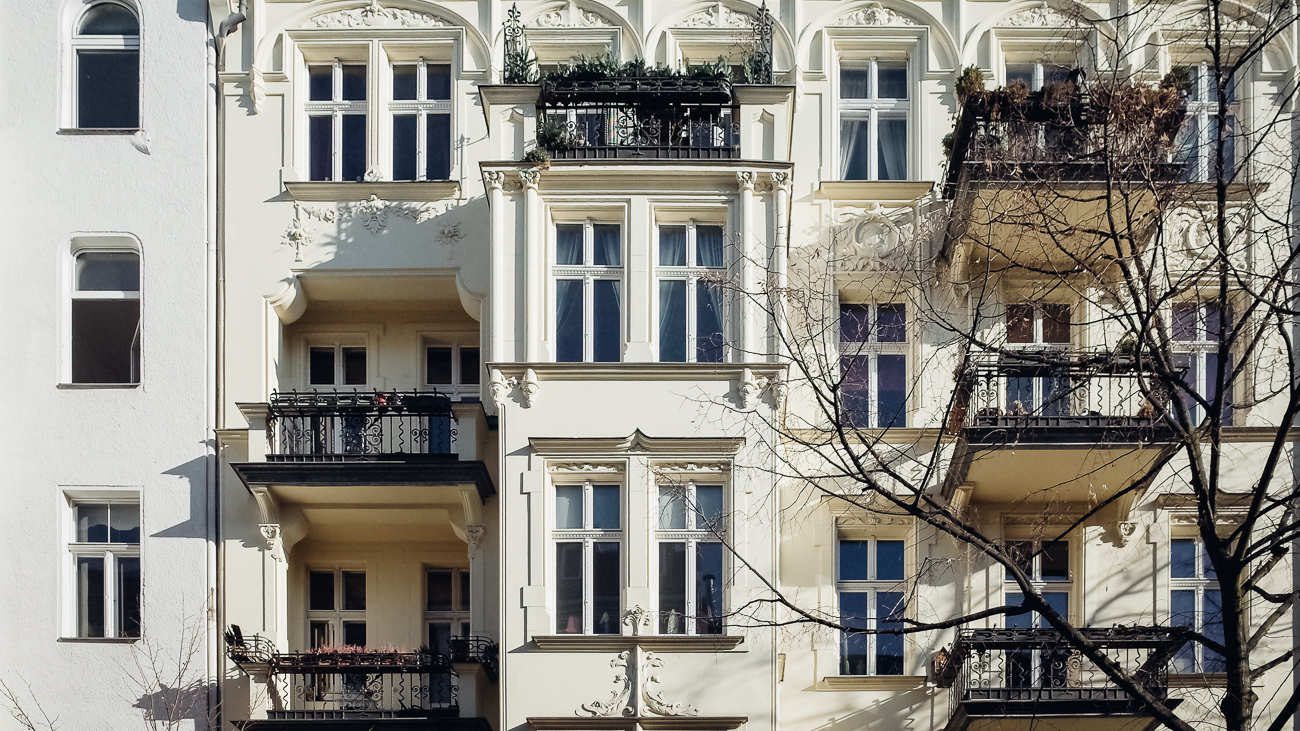
In the Bleibtreustrasse, and more precisely on the number 15, the famous actress Tilla Durieux (1880-1971) spent the last years of her life. There seems to be a “circularity” in the titles of her filmography. Tilla Durieux made her first appearance in the movie Der Flug in die Sonne (The flight towards the sun), while her last role was in the TV production Durch die Wolken (Through the Clouds).
One of her most iconic movies was Frau im Mond (Woman on the moon), directed in 1929 by Fritz Lang. A lot of people refer to the Frau im Mond as the first serious science fiction film ever. It was actually after this movie that Tilla Durieux left Germany because the Nazis chased her. For the next 25 years, she didn’t work at all in the film industry. Despite all that, she never forgot her love for cinema and in 1952 made a comeback. She participated in several movies, and her fame grew over time. In the year of her death, in 1971, a new cinema opened its doors in the Bleibtreustrasse, the Filmkunst 66. The cinema is still operating, presenting a fine program of films. It is located at Bleibtreustrasse 12 and nowadays is also a Berlinale venue.
Mascha
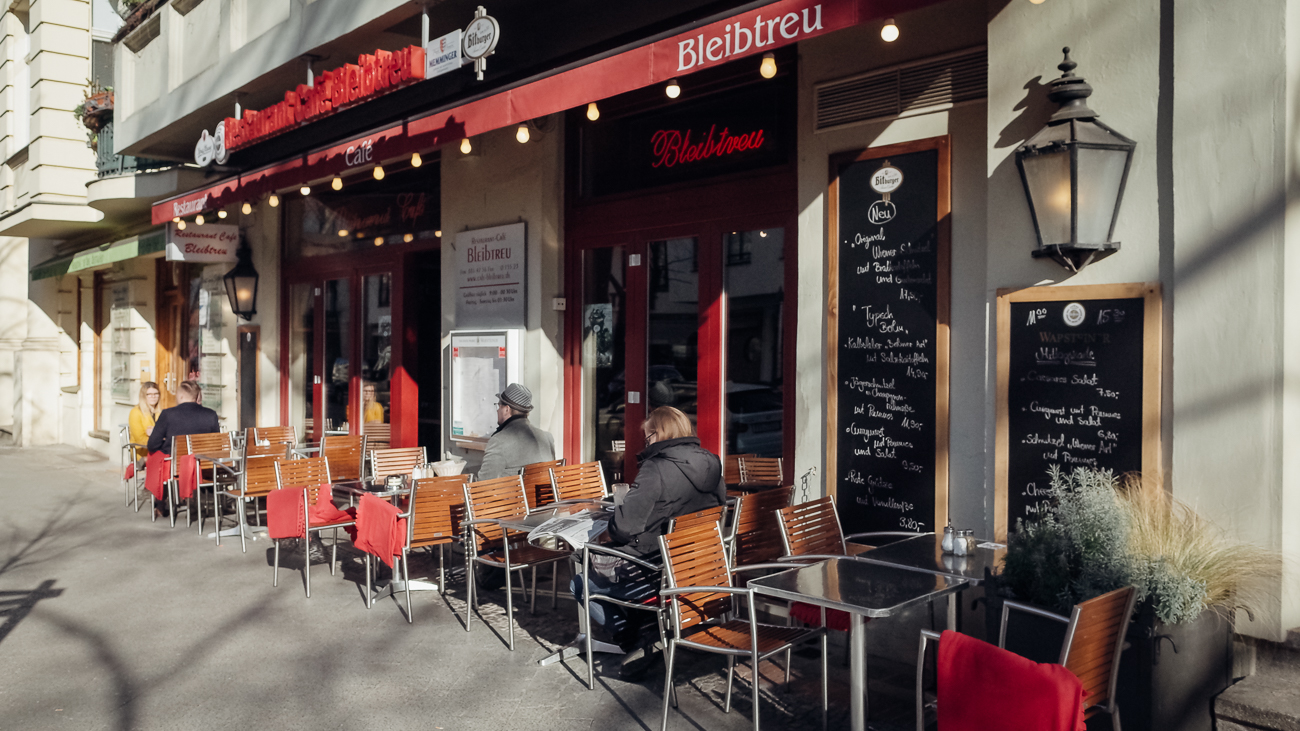
Not that far away from the cinema, more precisely at Bleibtreustrasse 10/11, the poet Mascha Kaléko (1907-1975) spent two years of her life. She also had to flee to the USA to save herself from the Nazis. But her love for Berlin was way too strong, and in 1956 she returned to Berlin and lived there for a couple of years. In 1960 Kaléko denied receiving the Fontane Prize because a former SS member hosted the award ceremony. The years she lived in exile had a significant impact on her, and she could never accept such a prize. In one of her poems, Mascha Kaléko claims that “all you need is an island / alone, in the open sea.”
4,000 young women at Bleibtreustraße
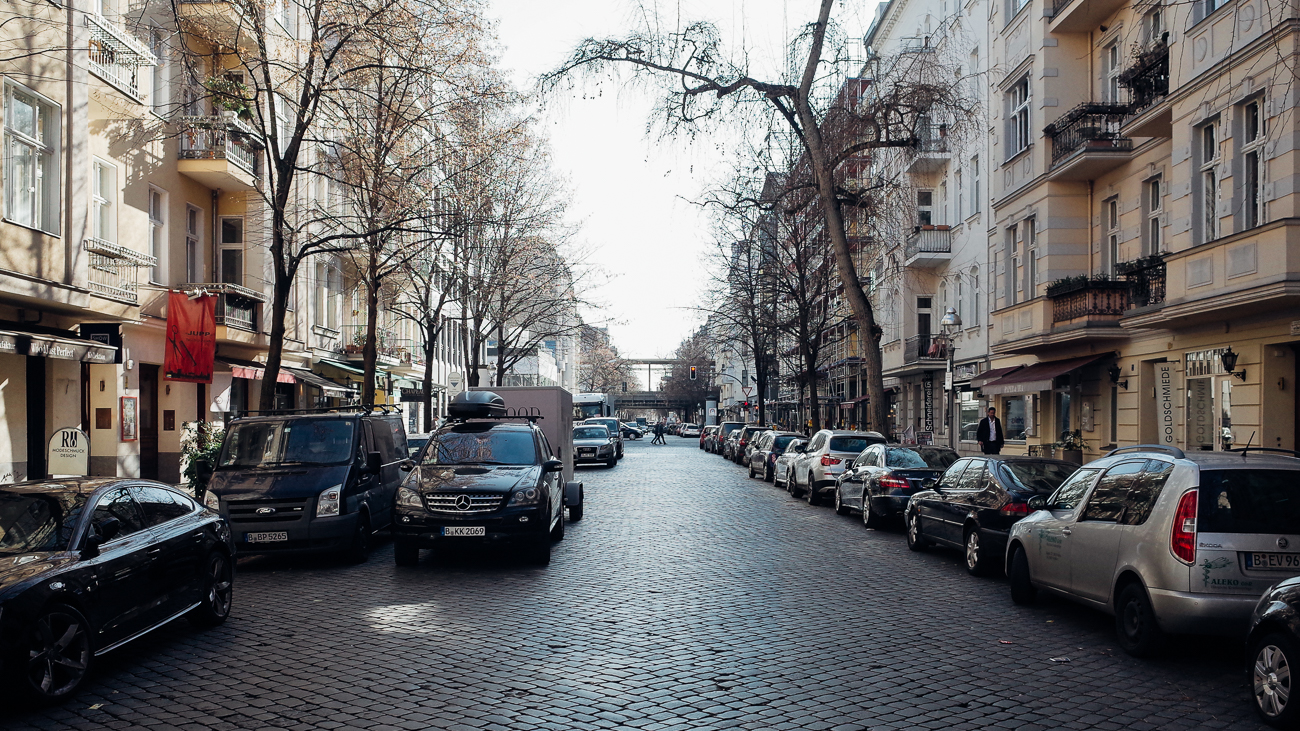
Men fighting over women is a story as old as the world. The Bleibtreustrasse once witnessed one of the goriest incidents of the Berlin nightlife. Back in the ’70s, when the Wall still divided the City, West Berlin was home to more than 4,000 leichte Mädchen, a term referring to young prostitutes. As it’s always the case, those girls somehow “belonged” to certain guys, and those tough guys formed gangs.
Although today the Bleibtreustrasse has a laid-back atmosphere and lots of charming cafés, things were less easy-going on June 27, 1970. The members of the two gangs controlling the Red Light District of West Berlin got in a big fight in the Bukarest restaurant at the Bleibtreustrasse. According to the witnesses, one of the gang members entered the restaurant and screamed: “It’s Balalaika time.” Whatever followed was almost like a scene from a battlefield that Georg Bleibtreu painted. The incident resulted in one dead and three heavily injured gang members. Later that night, the police found a rifle, four revolvers, and several other weapons in a nearby schoolyard.
Although some gang members went to prison (among them Klaus Speer), no one really knows what happened to the 4,000 young women. The incident at the Bleibtreustrasse made it, however, to the slang of West Berlin. For several years, the Berliners called the Bleibtreustrasse as Blei-Streu-Strasse, which translates to something like Scattered-Bullet-Street.
Molly
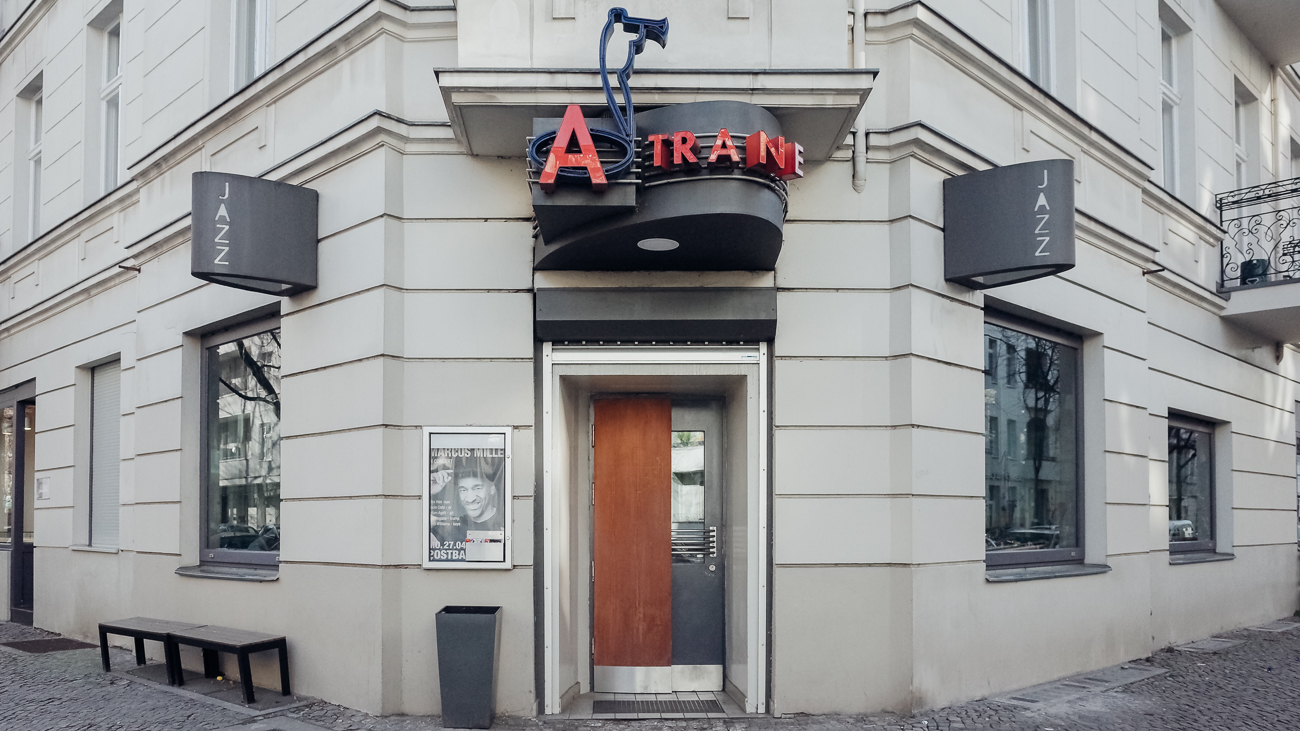
In the list of the famous women of Bleibtreustrasse, one could also add Molly Bloom. Of course, she is not a real person but a fictional character in the novel Ulysses by James Joyce. There is, however, a reference in Joyce’s book where the main character, Leopold Bloom, reads in a newspaper an advert about a company planning to cultivate eucalyptus trees in Israel.
The company’s address is Bleibtreustrasse 34, W 15, in Berlin. Leopold is Molly’s husband, and in the book, Molly is almost 34 years old. The name of the Bleibtreustrasse (and its meaning about fidelity) is used ironically because Molly has an extramarital affair with Hugh Boylan. The number 15 refers to the couple’s 15-year-old daughter Millicent (Milly) Bloom.
The fruitful Orient is in Ulysses a strong symbolism about the happy wedding. However, the Bleibtreustrasse itself doesn’t seem to make such promises. Tilla Durieux split up with her first husband, the painter Eugene Spiro, shortly after their marriage. They married in 1904, the year that Ulysses takes place.
Read my other articles about Berlin here.
More Berlin impressions: A Berlin travelogue, Emil Nolde at Hamburger Bahnhof & Polaroids by Linda McCartney
Bonus: The ultimate travel guide to Berlin: tips & itineraries
Please share, tweet, and pin if you enjoyed reading The women of Bleibtreustrasse in Berlin. Your support keeps this website running and all the info up-to-date. 🙂
Last Updated on January 16, 2021 by George Pavlopoulos

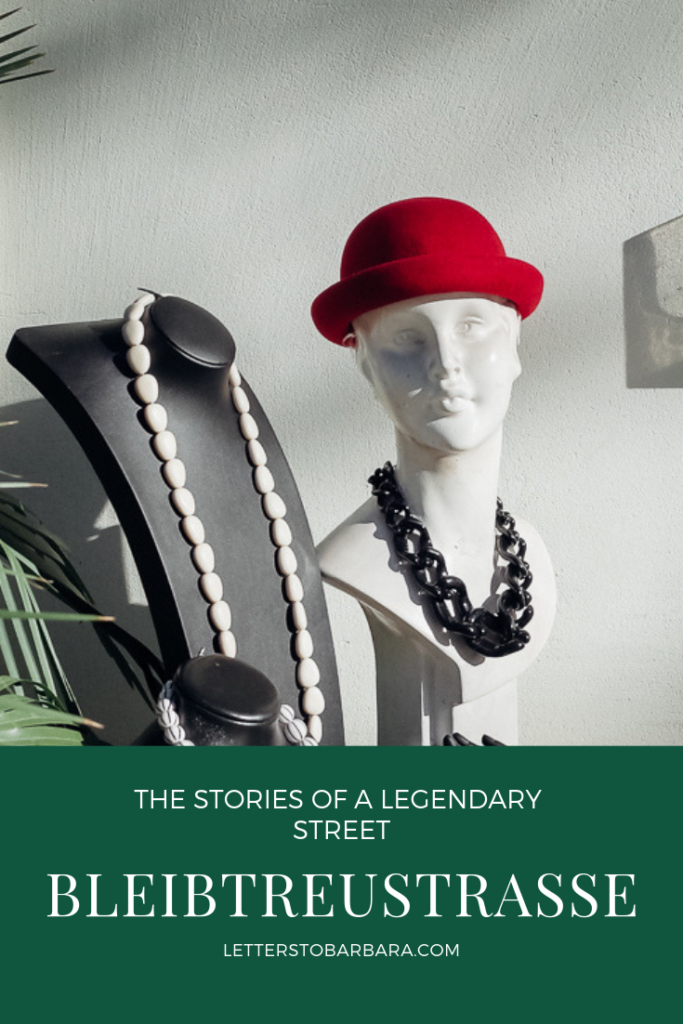
Nice to hear that at least one street was dedicated for women.
There are probably more streets 🙂 It’s just that I walk there every single day and that’s how I actually thought of writing about it. I will try to write more about the women of Berlin. Thanks for reading and commenting, Kathy.